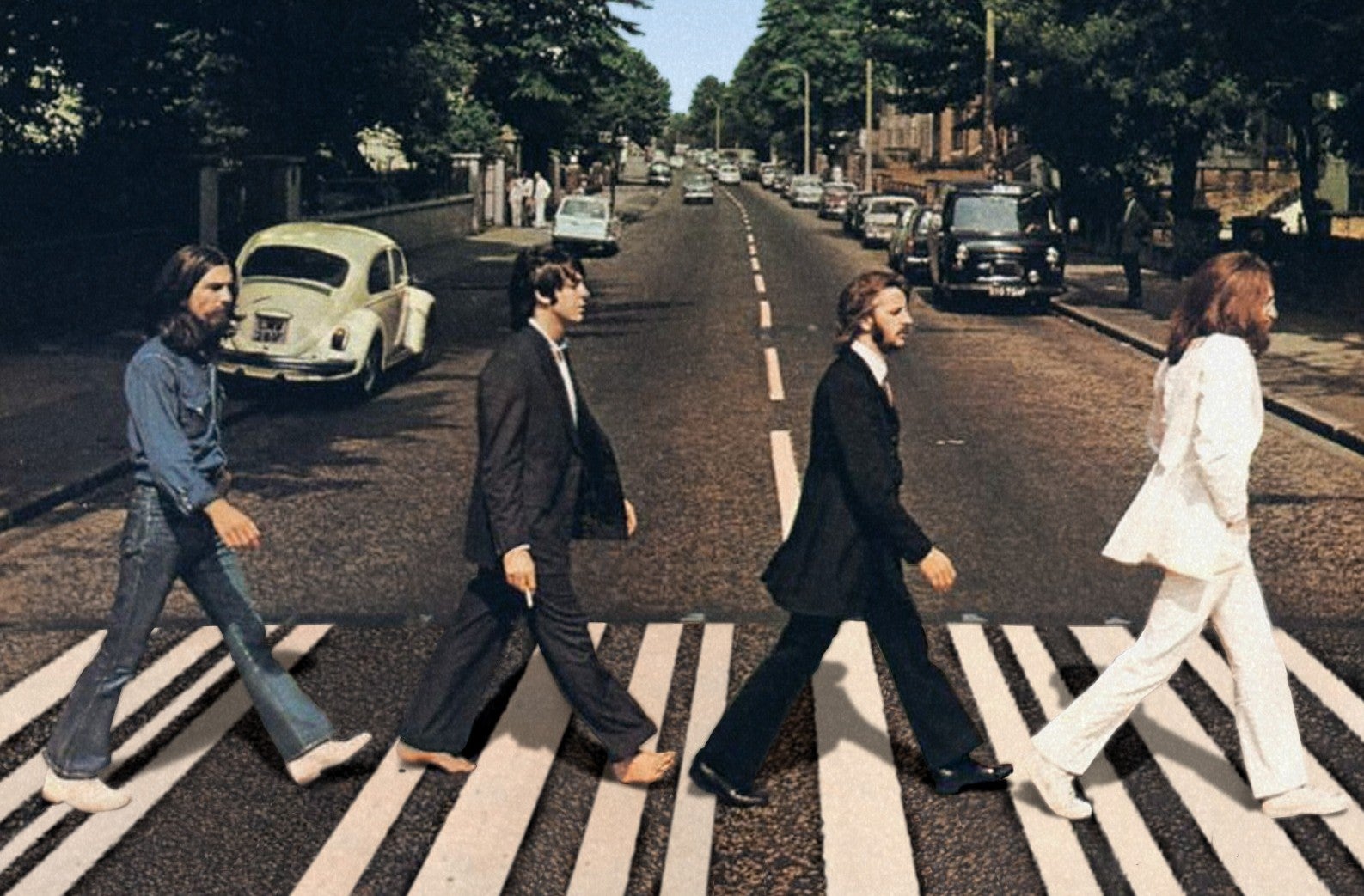He now directs films such as "Gone Girl" (2014), Alien 3 (1992) which David Fincher made his directorial debut with Alien³ in 1992, and "Seven" (1995), but directed music videos before this and even up to date he is still directing music videos. . He has won many awards such the MTV music choice awards along with Spike Jonze and even Grammies and Oscars for his artistically perfect and film like music videos. Fincher has worked with big music stars such as Michael Jackson and Roy Orbison. Working with the likes of Madonna, Don Henley, Aerosmith and many others, Fincher became a successful director of music videos. He also helped found Propaganda Films in the mid-1980s.
He has directed such videos for artists for example Madonna's music video for her single " Bad Girl" which is about a woman's resent relationship breakup and is hoeing her emotions. In this he uses techniques that he does in filming Hollywood blockbusters. He always uses the advice of Top producer Steven Spielberg on making a good film. He applies this in to many of his music videos which give them a movie feel and grips the audience in to watching the video as well as listening to the song. He has captured the genre within the choreography and the mise-en scene and is performed perfectly by Madonna.
Another music video which he applies his special skills to make the video. This video was called " The way that you love me". The song's video was Abdul's first with Fincher in July 1988, who would later direct her most successful videos. It consisted of Abdul dancing and singing with male dancers at a photo shoot, while expensive product shots were flashed in and out. The shots used were again what he learnt while training and practiced film experience and again from the advice of Spielberg.
The use of special effects adds to the feel of this music video
The use of special effects adds to the feel of this music video
He is a very good music video director whom uses his skills from film to make his music videos of best quality and that's wars made them very successful for not only him but for the artists he's created them for. This I feel makes him a very memorable person within not only the film industry, but also in the music video business, which is expertly made by David Fincher.

Source - IMDB - http://www.imdb.com/name/nm0000399/

Source - IMDB - http://www.imdb.com/name/nm0000399/





